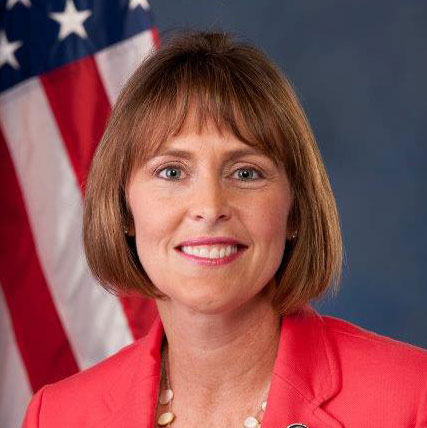Press Release
House Passes Rep. Castor’s Legislation to Bring Transparency to Air Traffic Control Tower ReplacementsFAA bill addresses some consumer-friendly improvements as air travel is busier than ever, including at TPA
Washington,
July 20, 2023
WASHINGTON, D.C. – Today, U.S. Rep. Kathy Castor (FL-14) celebrated House passage of her legislation to bring transparency to the process by which the Federal Aviation Administration (FAA) selects air traffic control towers (ATCT) for replacement. The bipartisan Air Traffic Control Tower Replacement Process Report Act (H.R. 3218) was passed as part of a legislative package to reauthorize the Federal Aviation Administration (FAA) through Fiscal Year 2028. “After a years-long holding pattern, the air traffic control tower at Tampa International Airport finally has been cleared for replacement,” said Rep. Castor. “However, the lack of clarity throughout the selection process led to significant delays and frustration. With strong airport infrastructure improvement funding in hand, the FAA must pull back the curtain and make clear all information used in the process to select ATCTs for replacement.” Specifically, the Air Traffic Control Tower Replacement Process Report Act will require the FAA to deliver to the Congress a report on the process used to select ATCTs for replacement, including:
Additionally, the FAA will be required to maintain public lists of all:
|

